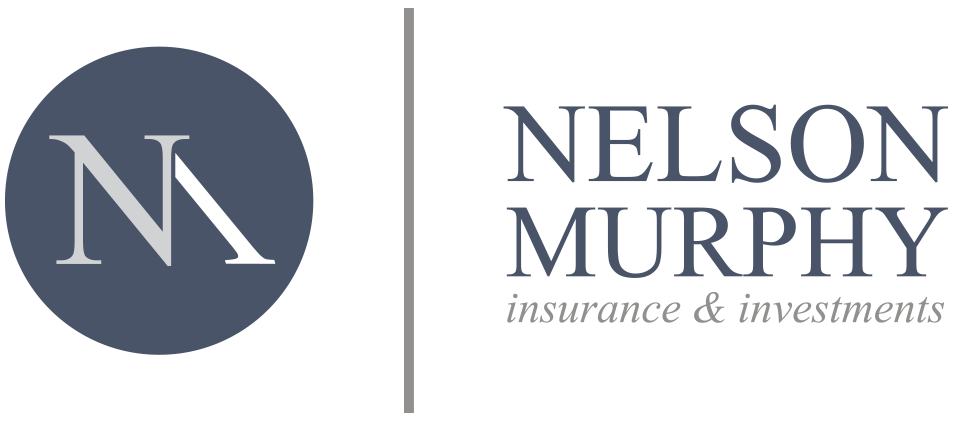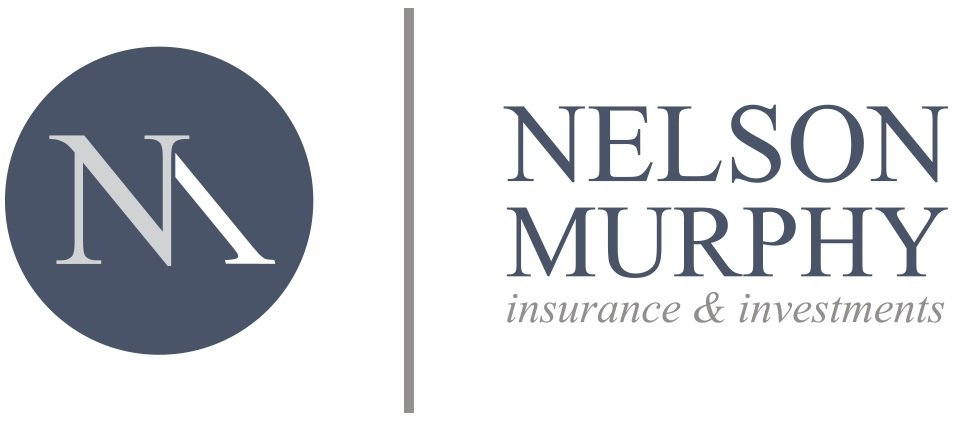Planning Your 401(k) Investments
During the last decade, the popularity of 401(k) plans has been astounding. Over 90% of the Fortune 500 companies offer these salary reduction plans to employees.
Because most of the funding for 401(k) retirement programs is derived from employee pre-tax contributions, most employers allow participants to direct the investment of their own accounts among a series of diversified investment options. Today, the number of investment options is expanding.
Experts suggest it is important for participants to choose their investments wisely, utilizing the concept of asset allocation. This method divides investment funds into specific categories. However, a number of issues must be analyzed before a participant makes final investment choices.
The vital issues which come into play revolve essentially around three basic factors: the first factor is your age and the number of years before you will need to make use of the funds; the second factor is your ability to accept investment risk. This will govern, to a large degree, the acceptable amount of potential return on investment. The third factor is inflation, which has an eroding effect on all investments.
Experts point out that the shorter the time period available for investment, the more conservative investment choices should be considered. The most conservative approach would be for monies available for only a period of 5 years or less. Under these conditions, up to 75% of the investment portfolio may be targeted to fixed return investments. The next period would be from 5-10 years. An individual should now look for moderate growth and moderate preservation of capital. A balanced approach would be perhaps 50% going to bonds and 50% going to equities. If you have over 10 years available, you might consider choosing more growth and investing up to 75% of your portfolio in equities and only 25% in bonds. The above percentages may be modified to take into consideration your overall investment goals.
The preferred path for any 401(k) investment plan is for you to study the investments offered by your employer. Only in this way can you evaluate all criteria and make meaningful, long-term decisions.
“Planning Your 401(k) Investments.” FMeX. 2015. https://abm.emaplan.com/ABM/MediaServe/MediaLink?token=3629af99eb4e4ecfa60245502452e4c0

